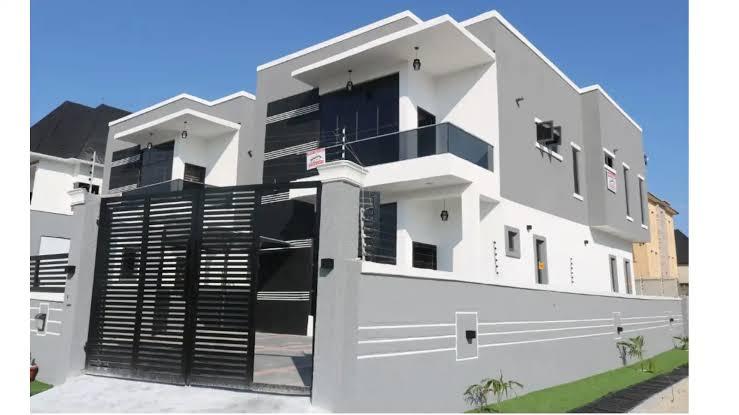Building my home in Nigeria wasn’t just about bricks and mortar—it was about vision, persistence, and knowing exactly where every naira was going. In 2025, with construction costs climbing and materials in flux, I learned that smart budgeting and good help made all the difference. Here’s exactly how I did it—from land to finishing touches—and what I’d do differently next time.
1. Securing the Land & Planning
My plot came at a premium (but let’s skip the number), and before laying a brick, I spent ₦500,000 on a lawyer to check title documents and ₦300,000 for soil tests. Early investment—but peace of mind was worth it.
Next came professionals:
-
Architect: ₦700,000 for the design.
-
Structural engineer: ₦300,000 for technical drawings.
Pro Tip: Don’t shortchange planning—these early steps safeguard both money and structure.
2. From Foundation Onwards
I handed the build to my trusted contractor—his all-inclusive fee was ₦10 million, covering skilled labor, supervision, and materials (excluding land).
Meanwhile, total project costs aligned with current market trends: building a standard 3‑bedroom bungalow in Lagos or Abuja costs between ₦25 million and ₦35 million, based on ₦65,000–₦85,000 per square meter—for about 120–150 m². Outside these cities, expect ₦22M–₦30M or even lower if you're in rural areas.
3. Real-World Cost Shock
It wasn’t just the materials that surprised me—Labour and bureaucracy added up too. News around town said, “Depending on the location in Lagos, it can range from ₦15M to ₦60M” for similar builds—experiences vary widely.
4. Hard Lessons Learned
One builder shared on Reddit wise advice that stuck with me:
“You will need a project manager… separate from the contractor… to oversee quality and hold things accountable.”
So I hired one—and they helped catch small errors early: uneven foundation, rebar gaps, curing issues. They also kept costs from spiraling—and trust me, that’s priceless.
5. Cost-Saving Strategies I Used
-
Simple design: I kept plans functional with limited frills, minimizing waste and unnecessary labor.
-
Local materials: Sourcing blocks, sand, and timber nearby saved transport fees and markdowns on imported goods.
-
Bulk buying: Cement, steel, tiles—buying in high volume days ahead locked in prices.
-
Staged building: I built essential rooms first and added extras later to ease payments.
Growing Pains
-
Inflation was relentless—materials like steel and cement seemed to jump 30–60% in a few months.
-
Labour quality varied—some artisans overpromised, underdelivered.
-
Neighbours and land issues—yes, omo‑onile disruptions happened, so I fenced the plot early.
Without careful planning, these alone could’ve derailed my budget.
Total Snapshot of My Build
| Item | Cost (₦) |
|---|---|
| Land & Legal | (Significant) |
| Soil Test & Title Checks | 800,000 |
| Architect & Engineer | 1,000,000 |
| Build Execution | 10,000,000 |
| Contingency & Extras | ~2–3 million |
| Total (excl. land) | ~₦13–15 million |
Anyone aiming for a full build in Lagos or Abuja should scale this by 2–3 depending on size and finish quality.
Final Reflections
Building my Nigerian home in 2025 was a journey—sometimes stressful, often rewarding. With the right planning, trusted professionals, and thoughtful budgeting, what seems out of reach becomes tangible.
Top takeaway? A trustworthy project manager saves far more money and heartache than they cost.











